27岁的学生用食物残渣制作太阳能电池板,即使在阴天也能产生能量
The James Dyson Award is an international design competition that runs in 27 countries, and it’s here to celebrate, encourage, and inspire the next generation of design engineers. The competition is open to university-level students in the fields of product design, industrial design, and engineering.
詹姆斯·戴森奖是一个在27个国家举办的国际设计竞赛,它在这里庆祝、鼓励和激励下一代的设计工程师。该竞赛面向产品设计、工业设计和工程领域的校级学生。
This year, the James Dyson sustainability prize landed in the hands of a 27-year-old Filipino student, Carvey Ehren Maigue, who found a genius way to turn food waste into energy.
今年,詹姆斯·戴森可持续发展奖落到27岁的菲律宾学生卡维·艾伦·迈格手中,他发现了一种将食物浪费转化为能源的天才方法。
Carvey Ehren Maigue is a 27-year-old Filipino student at Mapua University
27岁的卡维·艾伦·迈格是Mapua大学的一名菲律宾学生
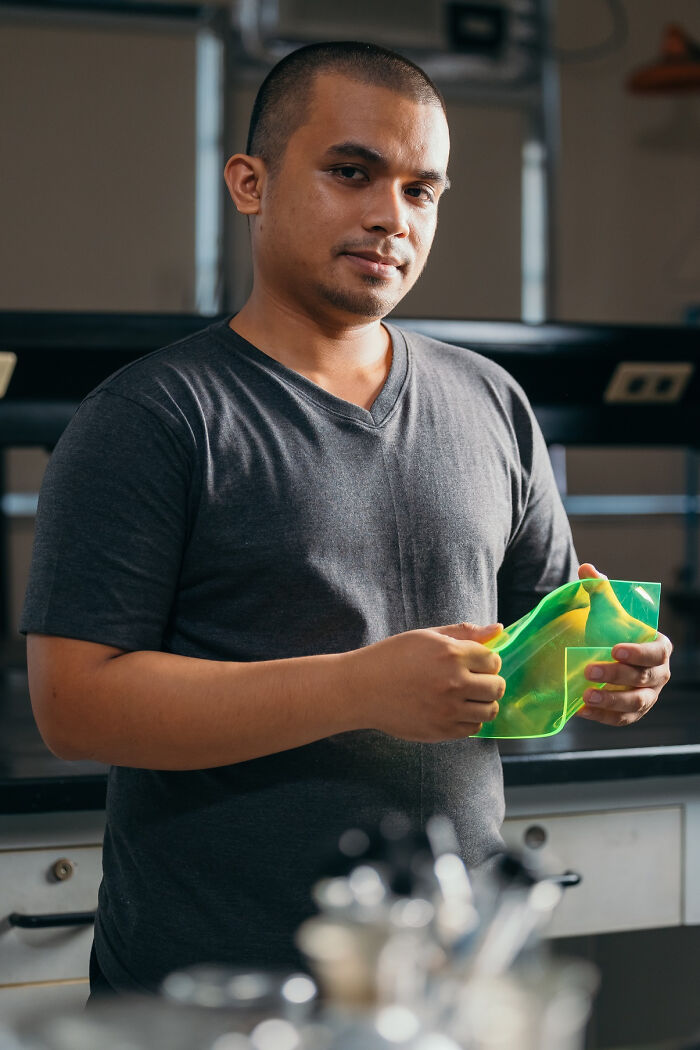
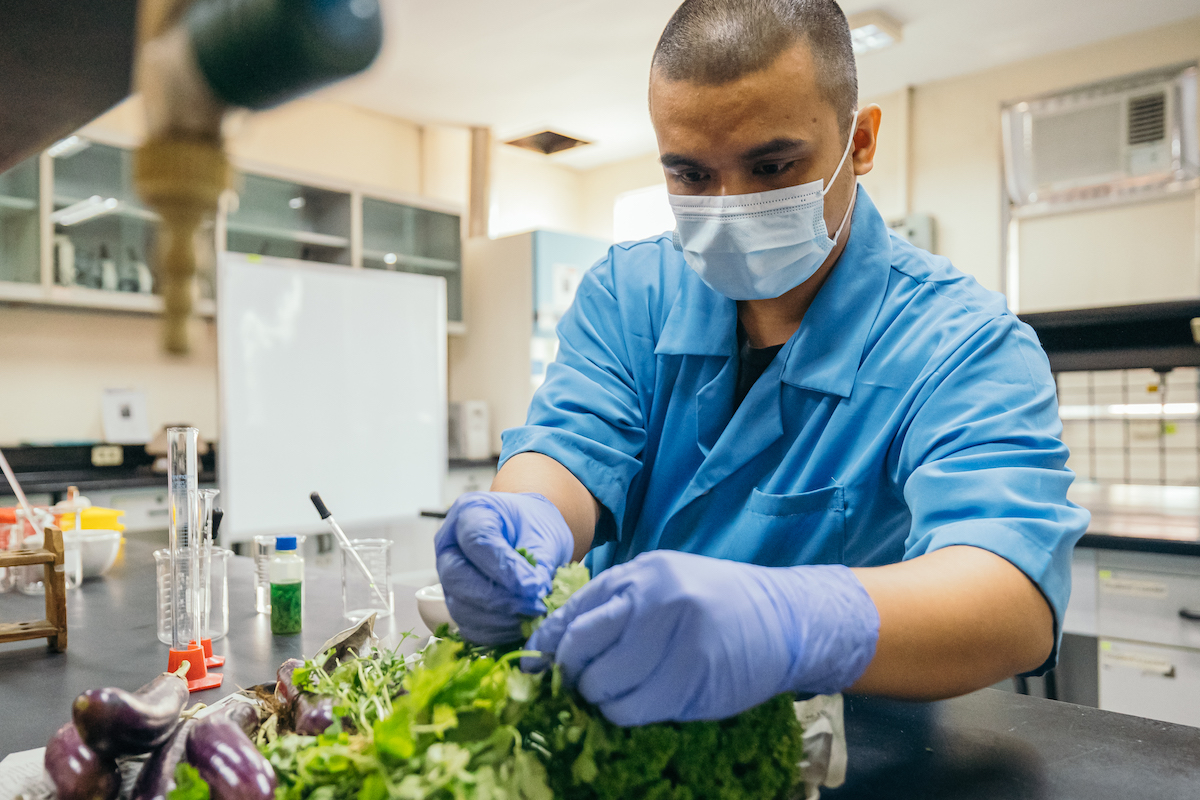
Maigue’s creation that won him the sustainability prize is called AuREUS, and it’s a system that absorbs stray UV light from sunlight and converts it to clean renewable electricity—even when the weather is cloudy. And one of the best things about it all is that his solar panels are made out of fruit and vegetable waste.
为迈格赢得可持续发展奖的作品叫做AuREUS,它是一个系统,可以吸收太阳光中的杂波紫外线,并将其转化为清洁的可再生能源——即使是在阴天。最棒的是,他的太阳能电池板是由水果和蔬菜废料制成的。
This year, Maigue became the winner of the sustainability prize of the international James Dyson Award
今年,迈格获得了国际詹姆斯·戴森奖的可持续发展奖
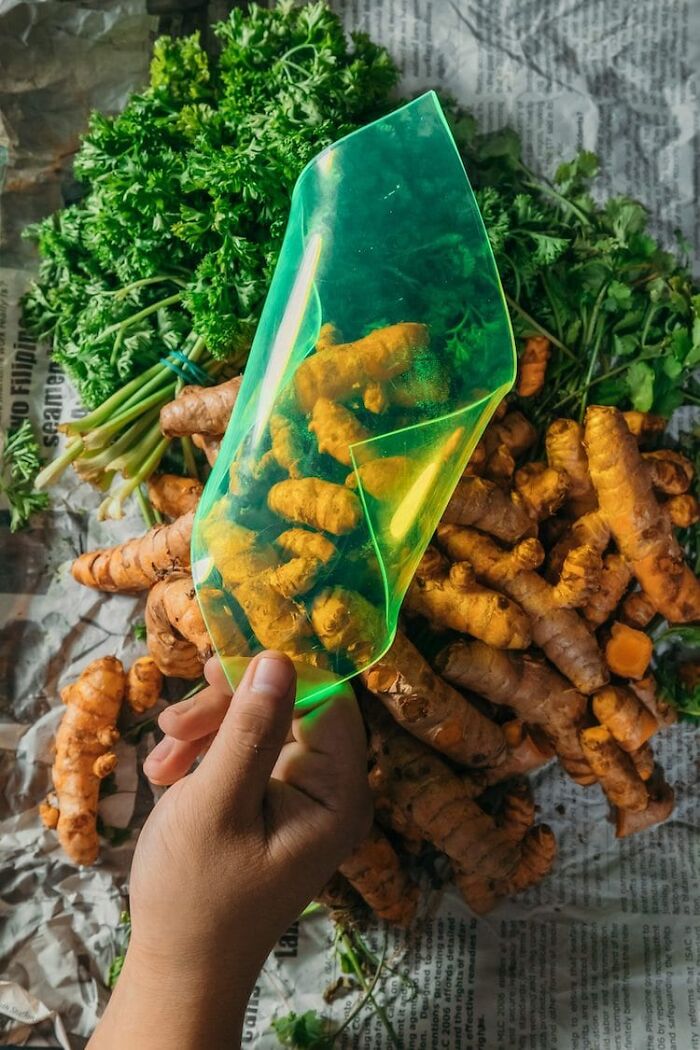
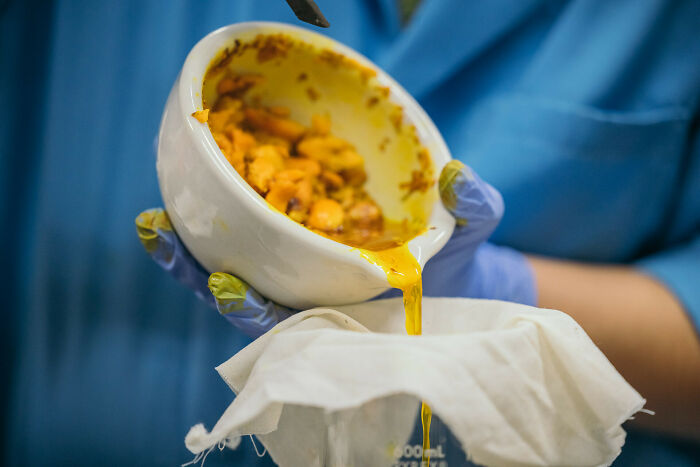
Turns out, Maigue’s invention uses the natural scientific principles behind the northern lights. “1 Excess UV exposure in urban areas is being induced by glass buildings. The inspiration for the solution came from how auroras were made. High energy (gamma, UV) is degraded to a low-energy state (visible light) by luminescent particles in the atmosphere. The tech is based on this concept and used similar functioning particles,” the guy describes the inspiration behind his creation on the James Dyson Award webpage.
事实证明,迈格的发明利用了北极光背后的自然科学原理。“1城市地区过量的紫外线暴露是由玻璃建筑引起的。解决方案的灵感来自于极光的制作方法。高能量(伽马,UV)被大气中的发光粒子降解为低能量状态(可见光)。这项技术就是基于这个概念,并使用了类似的功能粒子,”这个家伙在詹姆斯·戴森奖的网页上描述了他的创作灵感。
The invention is called AuREUS, and it’s a system that absorbs stray UV light from sunlight and converts it to clean renewable electricity
这项发明被称为AuREUS,它是一个系统,可以吸收来自阳光的杂散紫外线,并将其转化为清洁的可再生电力
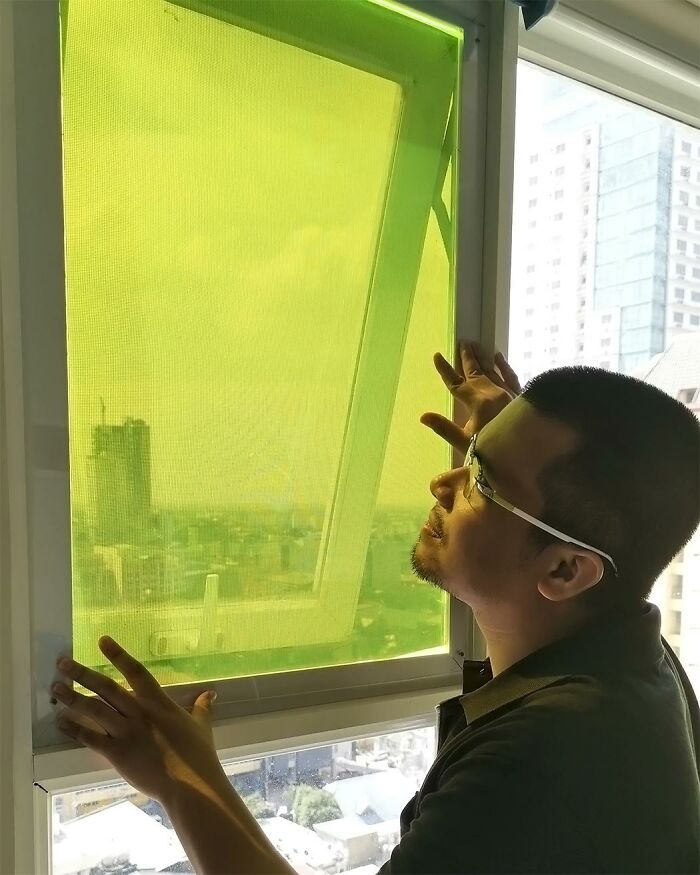
“When hit by UV light, the particles absorb and re-emit visible light along the edges due to internal reflectance. PV cells are placed along the edges to capture the visible light emitted. The captured visible light are then converted to DC electricity. Regulating circuits will process the voltage output to allow battery charging, storage, or direct utilization of electricity,” the guy explains.
“当受到紫外线照射时,由于内部反射,这些粒子吸收并沿边缘重新发射可见光。光伏电池沿边缘放置以捕获发射的可见光。捕获的可见光被转换成直流电。调节电路将处理电压输出,以允许电池充电,存储,或直接利用电力,”这家伙解释说。
The system continues to work even during cloudy weather
该系统即使在多云天气也能继续工作
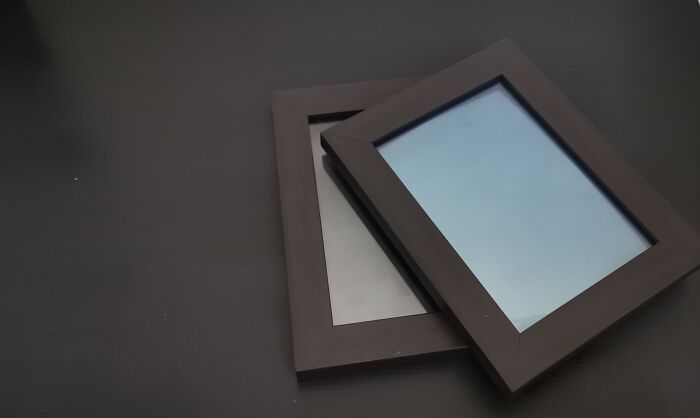
In other words, by using luminescent particles derived from fruit and vegetables, the AuREUS system allows high energy photons to be absorbed. And since it can pick up UV through clouds and bouncing from various surfaces, the system works even when the weather is cloudy.
换句话说,通过使用来自水果和蔬菜的发光粒子,AuREUS系统允许高能光子被吸收。由于它可以通过云层吸收紫外线并从不同的表面反射回来,这个系统即使在多云的天气也能正常工作。
And one of the best things about this system is that the solar panels are made out of food waste
这个系统最好的一点是太阳能板是由食物垃圾制成的
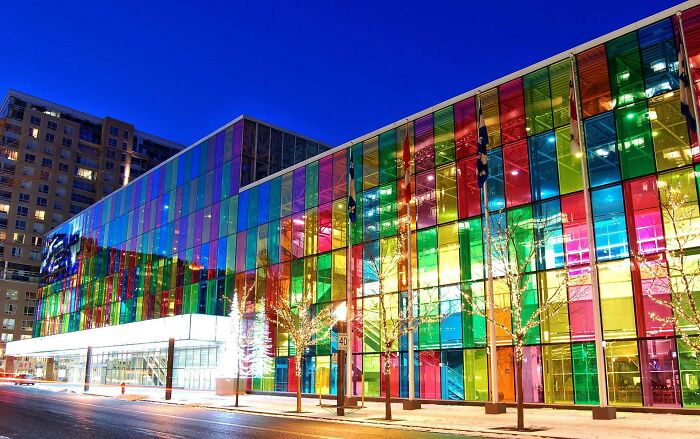
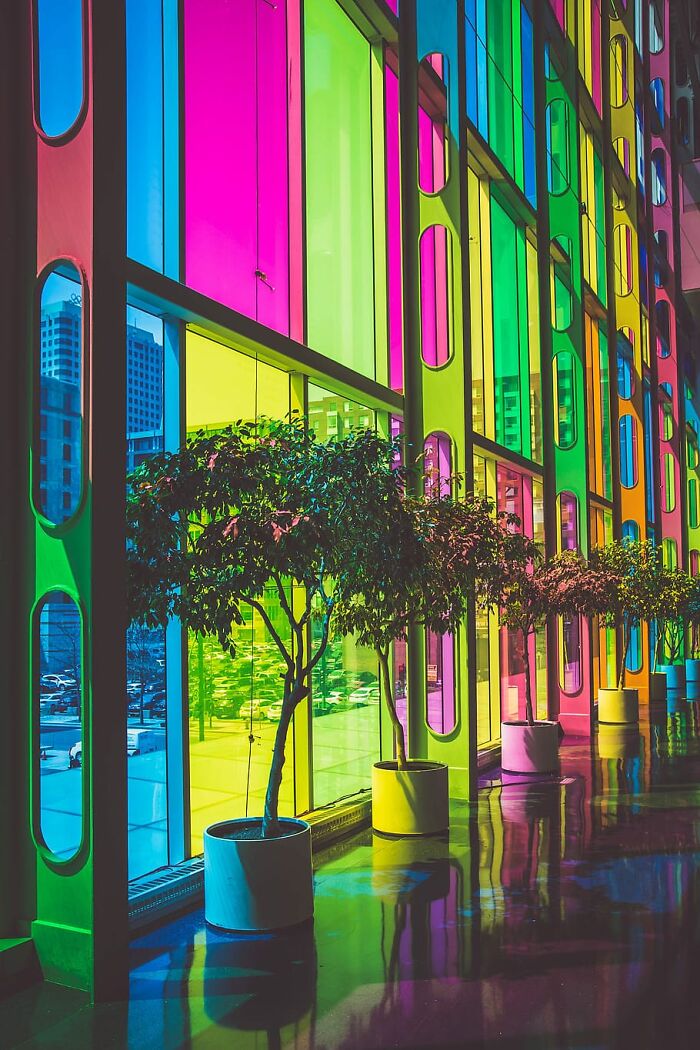
“We can use AuREUS instead of typical glass windows so that the whole building can become a vertical solar energy farm. AuREUS can become a part of our clothes, our cars, buildings, and our houses. This is the change we can make for the future,” the guy adds.
“我们可以使用AuREUS代替传统的玻璃窗,这样整个建筑就可以成为一个垂直的太阳能农场。”AuREUS可以成为我们衣服、汽车、建筑和房子的一部分。这是我们能为未来做出的改变。”
Image credits: The James Dyson Award
More info: The James Dyson Award | Facebook | Instagram







